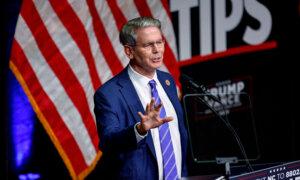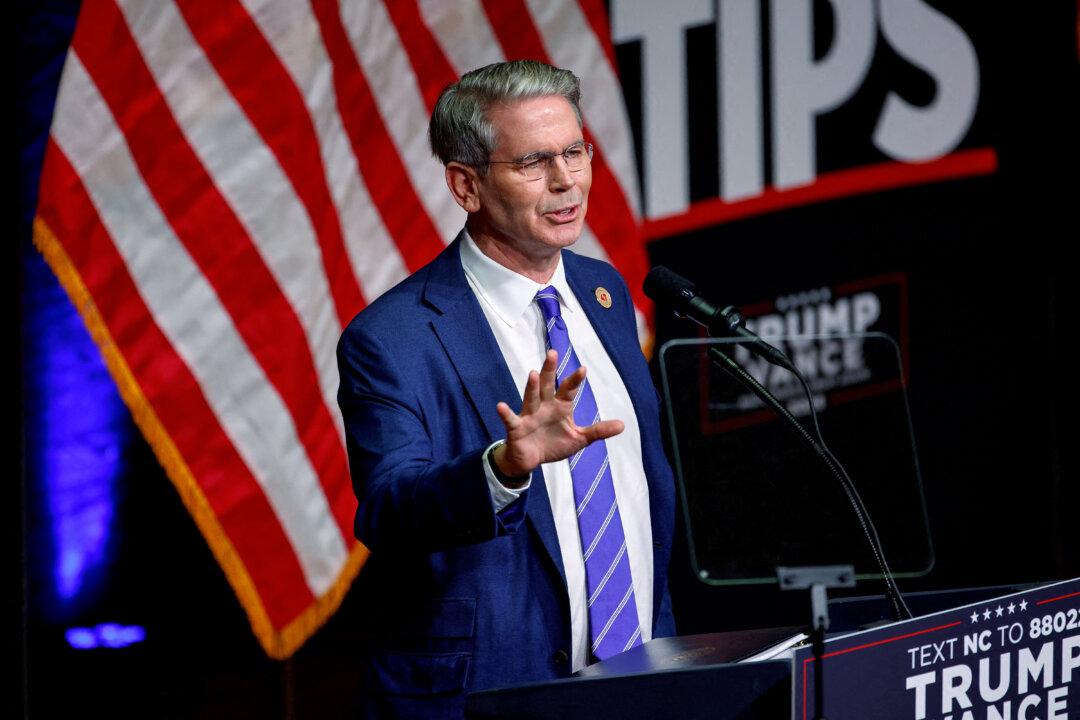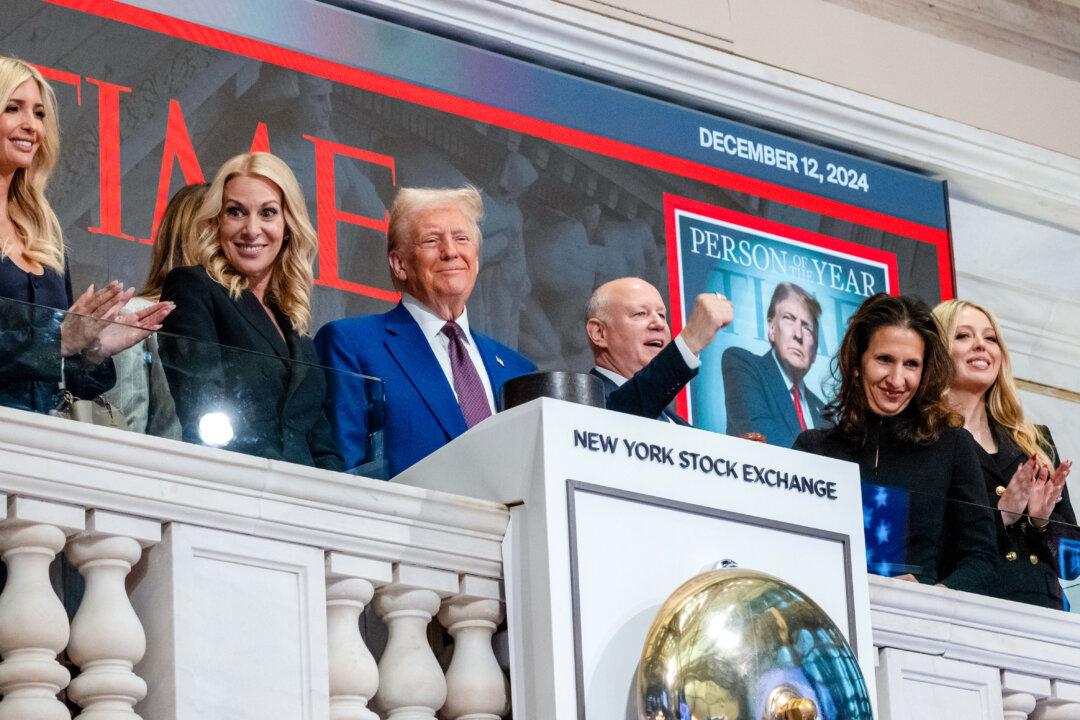After a stronger-than-expected jobs report on Friday, the market took the indexes down for the week and the year so far, but those job numbers are notoriously premature and subject to massive revisions later on, so we’ll be patient since we believe a phenomenal earnings season is about to begin, and as always, a good strategy is to invest in fundamentally superior stocks in an environment where it’s every stock for itself.
Rising 10-year Treasury yields also took bond prices down, at first in anticipation of the $119 billion in Treasury auctions, then in an overreaction to Friday’s payroll report. Treasury yields surged to 4.79 percent on Friday, on the assumption that the Fed might postpone cutting rates this year. The U.S. dollar also surged, meaning that imports will likely be cheaper, as deflation continues to dominate global trade. One sign of that is that China’s long-term bond yields recently fell below 2 percent, even as Japan’s long-term yields rose above 2 percent. China is suffering so much from banking problems due to bad real estate loans and a shrinking population that China could become “the new Japan,” with low interest rates, maybe for decades to come.
Here are the most important market news items and what this news means:
• Nvidia is saying that the Biden administration’s new AI rules are “misguided.” Furthermore, the Biden administration is looking to implement chip export controls that would take effect before Biden leaves next week. A White House announcement that chip sales to 18 U.S. allies would be free of restrictions and controls would not apply to chip orders below certain computation thresholds. These new rules, which also aim to help businesses around the world align with American standards, are set to take effect 120 days from publication. Under the proposed chip restrictions, entities outside close U.S. allies can continue to purchase up to the equivalent of 50,000 advanced graphics processing units per country. Ned Finkle, Nvidia’s vice president of government affairs, called the new chip rules “unprecedented and misguided” and said they “threaten to derail innovation and economic growth worldwide.”
• If that was not disturbing enough, Bloomberg reported that there is also an industry report that AWS, Meta, and Microsoft are cutting their orders for Nvidia’s new Blackwell chip racks that go into cloud computing facilities. I am very skeptical of this report since there are no analyst earnings estimate cuts for Nvidia. In fact, in the past month, the analyst community has revised their consensus earnings estimate 4.9 percent higher. Since the analyst community tends to be more accurate than any special reports from short-sellers or other so-called experts, I do not recommend selling Nvidia since its order backlog for its Blackwell chip remains massive.
• Crude oil prices have risen due to new sanctions being imposed on Russia. Specifically, the Treasury Department has blacklisted about 180 ships, including around 160 oil tankers, that have transported Russian crude oil to predominantly China, India and Turkey. Overall, including the European Union, 270 crude oil tankers have been sanctioned for transporting crude oil. The new Biden administration sanctions are expected to provide Trump 2.0 with some negotiating leverage when seeking a ceasefire between Russia and Ukraine. This is the time of year when crude oil demand is seasonally low, but demand should pick up in late February as demand rises in the Spring. In the interim, I do not expect crude oil prices to rise above $85 per share.
• LNG exports are poised to surge this year due to cold winter weather depleting natural gas storage facilities in Europe. Most countries that “go green” have to use natural gas as a transition fuel when green energy falls short. As an example, Columbia now has to rely on LNG, despite the fact that it is Latin America’s seventh-largest natural gas producer. Interestingly, Columbia President Gustavo Petro’s transition to green energy is actually boosting LNG imports, since the country’s green energy facilities (mostly solar) are not reliable for based load electricity.
• Here in the United States, the Biden administration was requiring new natural gas power plants to sequester and capture carbon dioxide by 2032. This carbon sequester order caused new natural gas plant construction to plummet. However, under Trump 2.0, the carbon sequester rules are expected to be eliminated, which will allow more natural gas-fired power plants added around the U.S. to provide more electricity for AI demand.
Overall, due to a strong U.S. dollar, commodity prices are rising for crude oil and other commodities for China, Brazil, Britain, Mexico, and the eurozone, since all those currencies are depreciating relative to the U.S. dollar. So, the inflation being reported overseas should not spread to the United States, since it is largely currency related. Also, many other countries, especially the eurozone are in the midst of a growing recession that is expected to envelop Britain and other trading partners. Normally, prices decline when demand is soft, so again, I am not worried about commodity inflation in the U.S.







